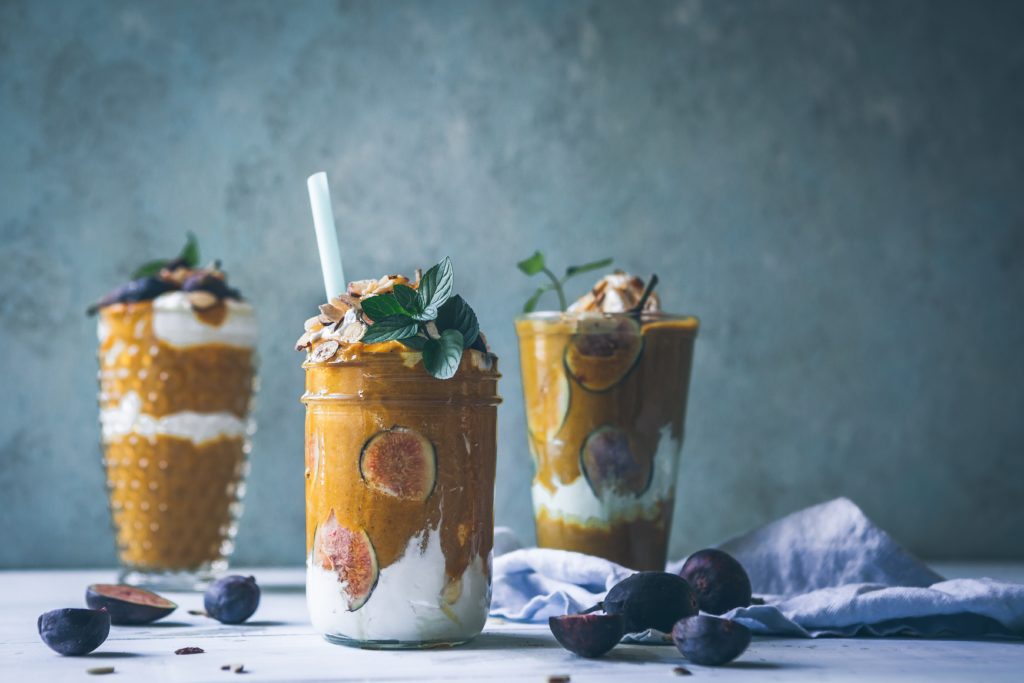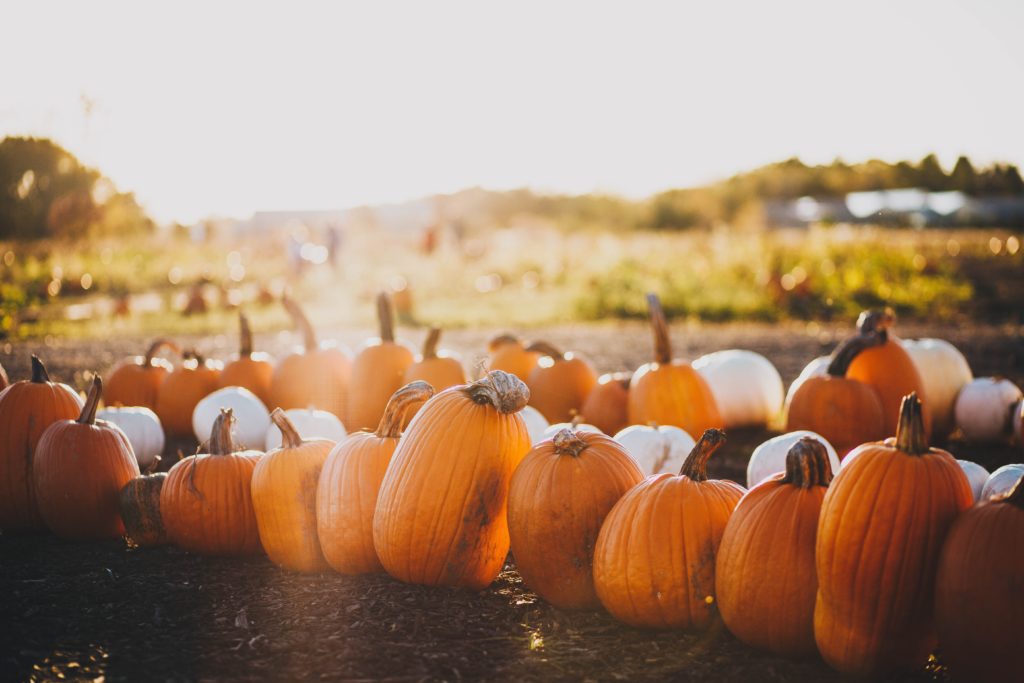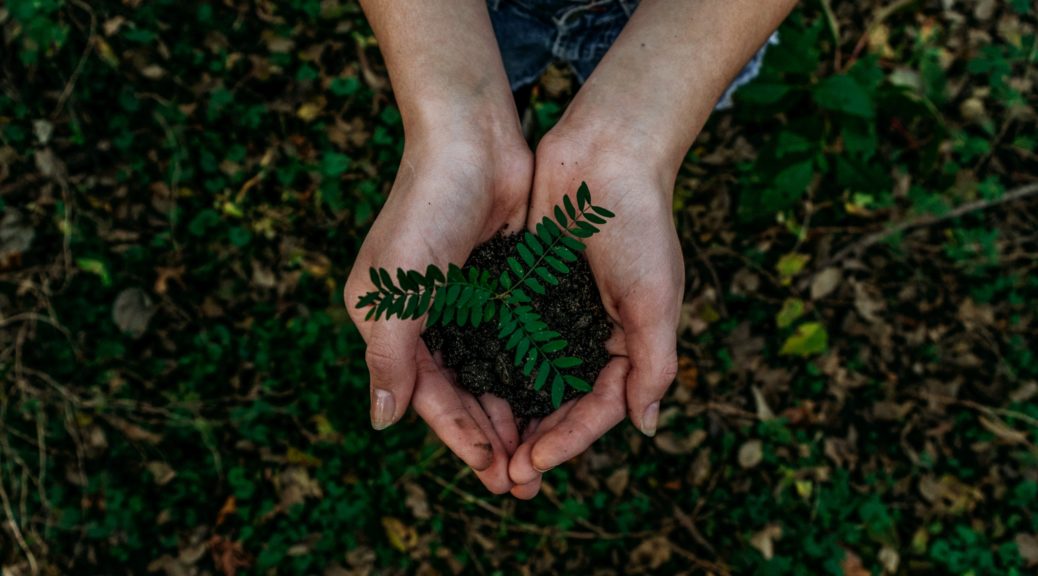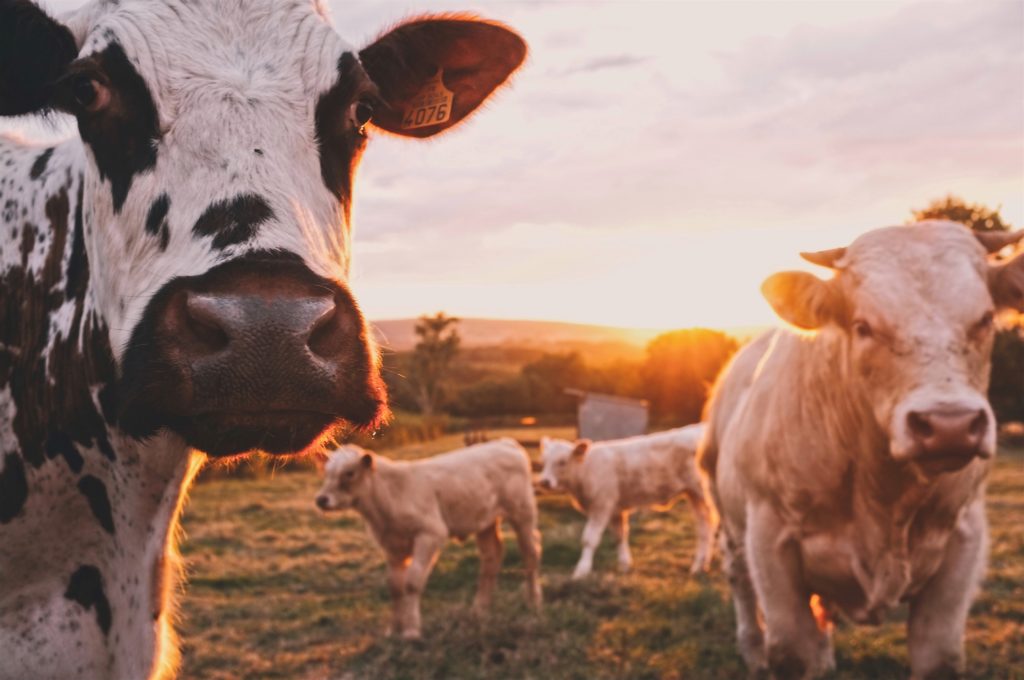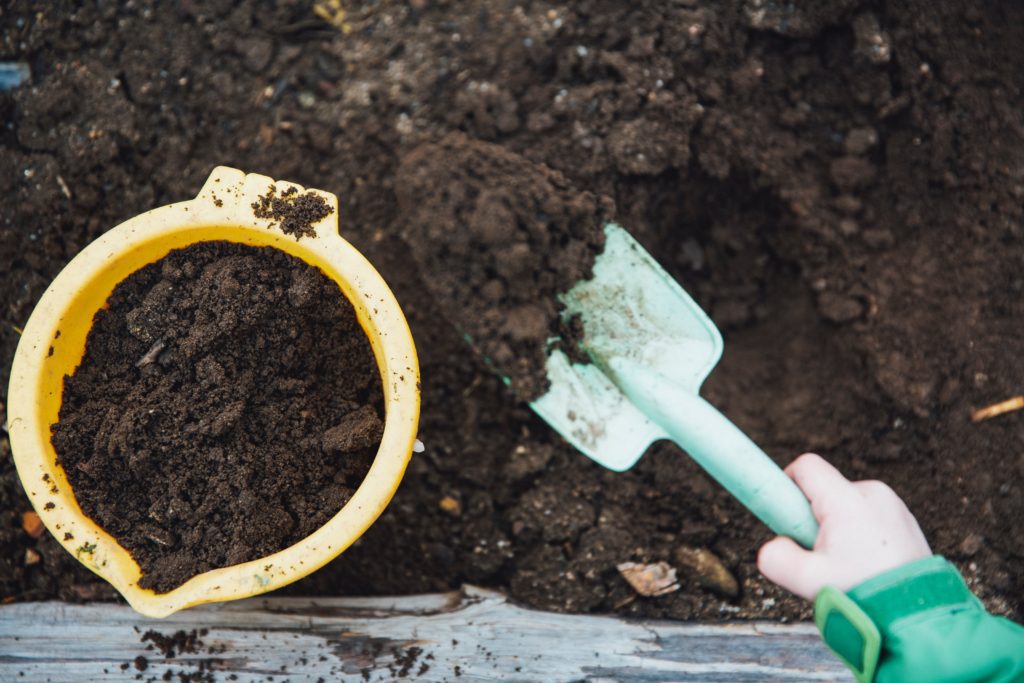By Tiffany Mays
Edited by Natalie Grace Sipula
[3 minute read]
Over the years, cooking has been a form of catharsis for me. Between class and work, cooking is one of the easiest ways for me to take time out of my schedule for myself. Amongst the highs and the lows of everyday life, preparing food allows me to express myself in ways beyond words. It helps me remember who I am and put aside my worries and insecurities if just for a minute. Each food has a signature scent that I often associate with a moment in my life. Filling the room with aromatic smells of crispy, savory, spicy, or citrusy meals, it’s often hard to pick just one dish. In spite of the array of options available, I always seem to cook exactly what I want. These dishes not only smell delicious, but also help me reminisce on my past, think about the present, and look towards the future as well.
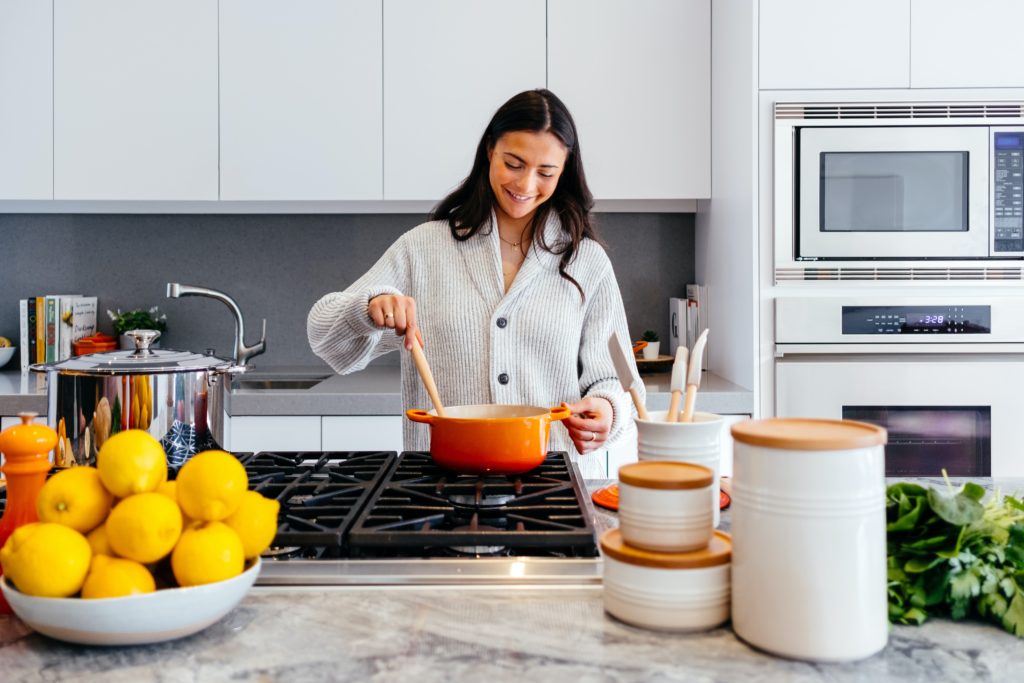
Food is like an art form, and as the artist I feel it is up to me to create something beautiful whenever I step into the kitchen. Without a doubt, cooking is an art that requires hours of practice, repetition, discipline, and patience. The intricacies of cooking go far beyond simply combining ingredients together, but knowing what flavors, textures, and aromas go together to form the perfect dish. To be an artist in the kitchen is harder than it looks, and trust me I’ve tried. After watching a few Food Network shows, it might seem easy, but chef’s spend years perfecting their craft. While I cannot say that I am there yet, I hope to be in the near future.
The joy of cooking is such an easy thing to incorporate into your life, but many don’t know what dishes they might like to cook. Here’s a few of my favorite dishes to cook in the kitchen for inspiration:
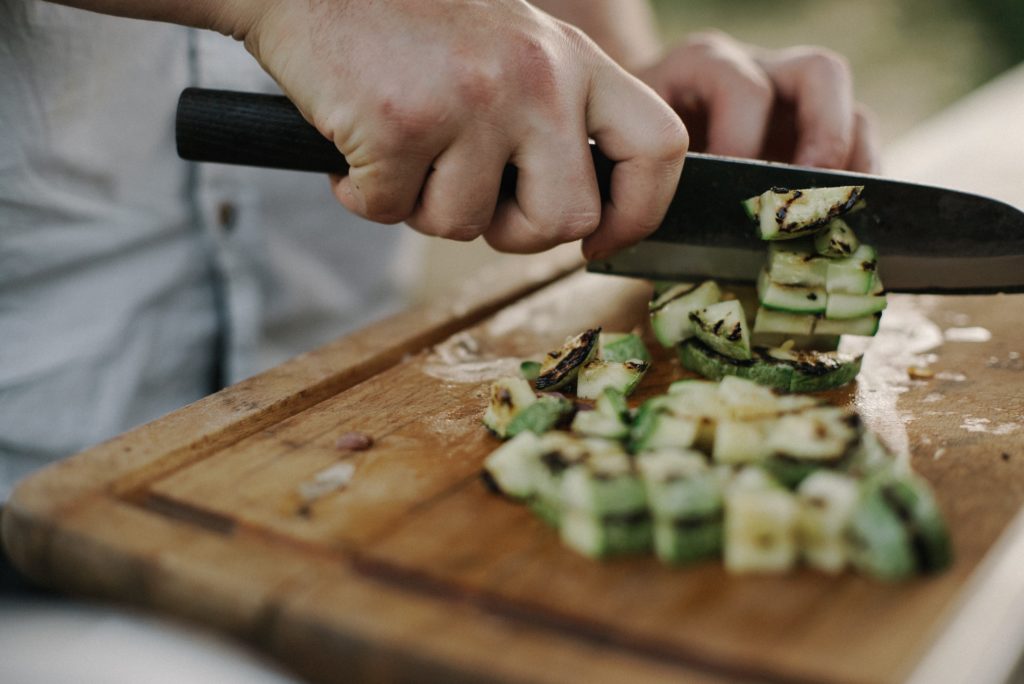
Dinner
- Jerk chicken, rice and peas, and fried plantains
Growing up in a West Indian household, my mom used to make this quite often for our family. Making it now really reminds me of home, and the comfort I felt at that time.
- Chicken or shrimp empanadas and yellow rice
One of my favorite restaurants in New York City is a Cuban restaurant that served this exact dish at their establishment. While simple, this dish is always a staple in my diet, and easy to make from scratch.
- Chicken Parmesan
Inspired by some of the food I used to get in Little Italy, I like to make this dish once per week. One of my favorite pasta sauce’s to pair it with is Rao’s Marinera Sauce.
- Chicken Lo Mein
Whether I use udon noodles or regular spaghetti noodles for this dish, it always tastes good. I prefer to use bok choy, broccoli, carrots, and green onions for my vegetables, but it’s really up to you what you would like to include.
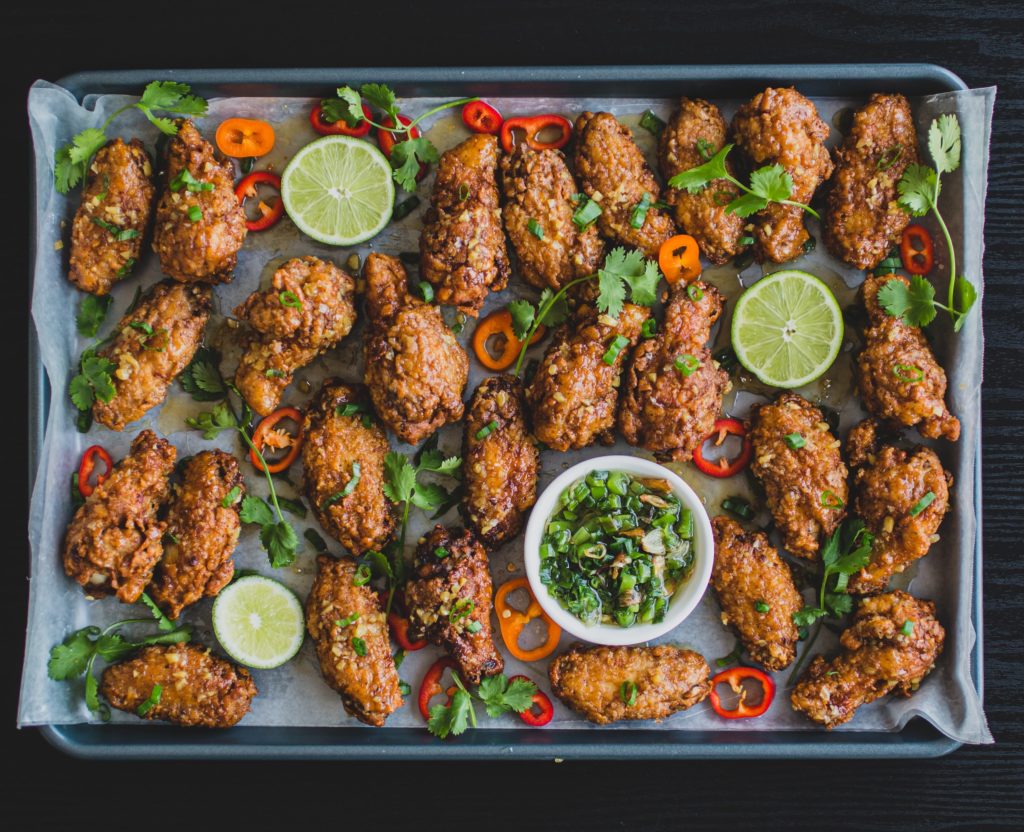
Appetizers
- Fried Chicken Wings
After marinating the chicken overnight in a mixture of spices, you can’t go wrong with fried chicken wings. It’s a quick and easy meal that everyone loves to eat.
- Shrimp Calamari
This dish is one of my favorite things to get when I go back home, and is super easy to make at home!

Dessert
- Beignets
These French pastries pair really nicely with a cup of hot chocolate or coffee in the morning.
- Coconut Cupcakes
Cupcakes are super easy to make from scratch, and by adding a little bit of vanilla and almond extract they taste even better! The coconut adds a fun new flavor that you don’t often see in cupcakes.
I hope this list gave you some ideas for dishes you would like to cook. If you want to start cooking regularly but are still having trouble planning out your meals, I recommend making a list of dishes you know you like and referencing this before you go to the grocery store so you will know what ingredients you need to get for the week!
Featured Image by Abbey Houston on Unsplash
Tiffany is a Master’s Student from New York City studying Stem Cell Biology and Regenerative Medicine. Her Bachelor’s degree is from USC in Human Biology on the Applied Physiology track with a Minor in Health Care Studies. She hopes to pursue a MD-PhD in the near future. She has conducted molecular biology, stem cell biology, and cancer biology research at UPC, HSC, and CHLA. On campus, she participated in many student organizations such as GlobeMed at USC and the Marching Band where she played flute. In her free time, she likes baking, exploring LA, trying new food, and hanging out with friends.



